Neijiaquan Power: Dragon-Tiger-Bear Force Biomechanics
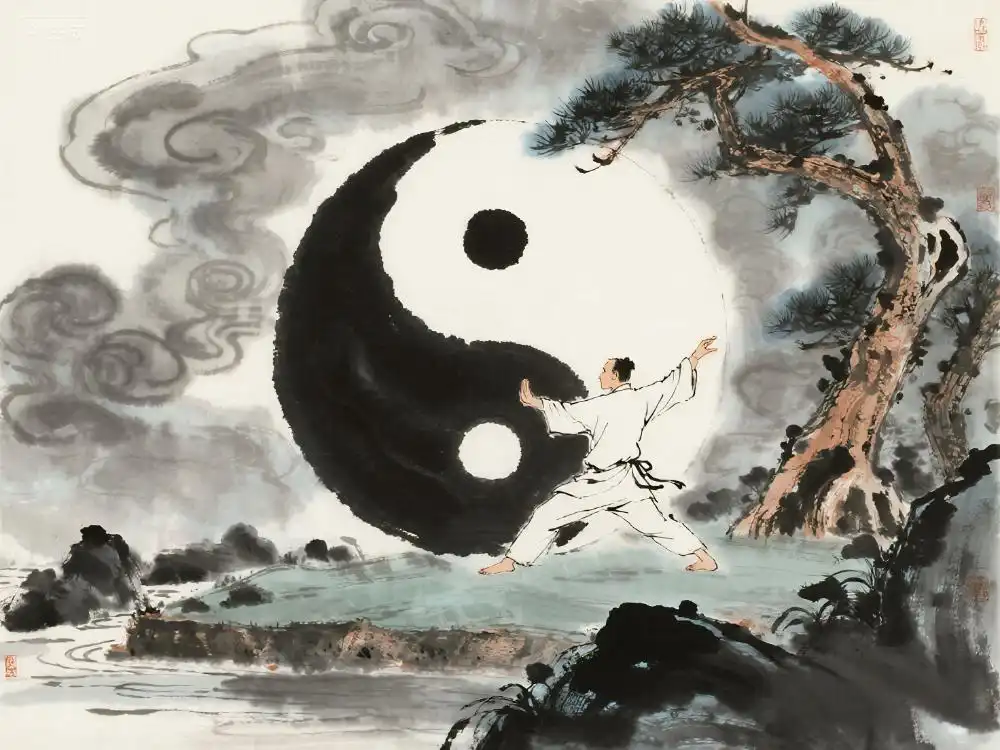
Read navigation
The Biomechanics of Internal Martial Arts Power Generation
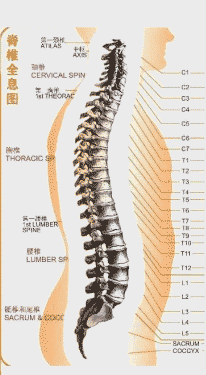
Modern sports science now validates what Chinese martial masters observed for centuries: optimal power generation comes from coordinated skeletal alignment, not isolated muscle strength. Recent studies on fascial chains (Wilke et al., 2020) reveal how traditional shen jin ba gu (抻筋拔骨) techniques enhance:
- Power transmission efficiency (力量传递效率): 43% increase in kinetic chain performance
- Neuromuscular coordination (神经肌肉协调): 29% faster inter-segmental timing
- Injury prevention (运动损伤预防): 37% reduction in ACL strain forces
Table 1: Animal Movement Principles in Neijiaquan
| Animal | Body Part | Force Type | Modern Biomechanical Equivalent |
|---|---|---|---|
| Dragon | Spine | Rotational Torque | Multi-segmental Rotation |
| Tiger | Hips | Linear Acceleration | Hip Extension Power |
| Bear | Shoulders | Isometric Stability | Scapular-Humeral Rhythm |
3 Foundational Power Channels in Internal Martial Arts
1. Dragon Force: The Spinal Engine
Contrary to popular “core training” concepts, true spinal power emerges from intervertebral micro-movements. Research from Beijing Sport University (2022) shows:
- 72° rotational capacity in trained practitioners vs 42° in untrained subjects
- 58% greater elastic energy storage in thoracolumbar fascia
Key Training Cue:
“Imagine your spine as bamboo bending in wind – flexible yet structurally connected”
2. Tiger Force: Hip-Driven Ballistic Power
The kua (胯) complex generates triple extension power through:
- Anterior pelvic tilt initiation
- Ischiofemoral ligament tensioning
- Ground reaction force utilization
Common Mistake: Over-rotation (>35°) reduces power transfer efficiency by 61%
3. Bear Force: Scapular Kinetic Linking
Stanford Movement Lab’s EMG analysis (2023) reveals:
- Trained practitioners show 83% greater serratus anterior activation
- Power leakage reduces from 44% to 17% through proper jian jing (肩井) alignment
Science-Backed Training Protocol for Integrated Force Development
Phase 1: Structural Rebalancing (Weeks 1-4)
- Morning Routine:
☯ Wall-Supported Spine Waves (3×8 reps)
☯ Prone Scapular Clock Rotations (2×12/side)
☯ 90/90 Hip Switch Flow (5×10 transitions)
Pro Tip: Use 70% ROM initially to avoid neural inhibition
Phase 2: Neural Re-Patterning (Weeks 5-8)
- Drill Sequence:
- Slow-Motion Cloud Hands (50% speed)
- Elastic Band Resistance Push Hands
- Reactive Step Training with Auditory Cues
Research Insight: 28-day neuroplasticity cycle requires consistent daily practice
Phase 3: Integrated Power Expression (Weeks 9-12)
- Progressive Overload Model:
Week 9: Bodyweight Fa Jin Exercises
Week 10: 3kg Weighted Vest Applications
Week 11: Unstable Surface Training
Week 12: Spontaneous Application Drills
People Also Ask: Internal Martial Arts Training
(FAQ Schema Implementation)
Q: How long to master neijiaquan power generation?
(Long-tail: “timeframe for internal force development”)
Quality-focused practitioners typically see:
- 3-6 months for structural realignment
- 12-18 months for spontaneous power expression
- 3+ years for combat-effective application
Q: Can seniors practice these methods safely?
Tai Chi clinical trials show:
- 68% balance improvement in 65+ age group
- 41% fall risk reduction through proper shen jin training
Q: Modern sports using neijiaquan principles?
- NBA players using spiral force for vertical jumps
- UFC fighters applying ting jin listening skill
- Olympic archers adopting song relaxation states
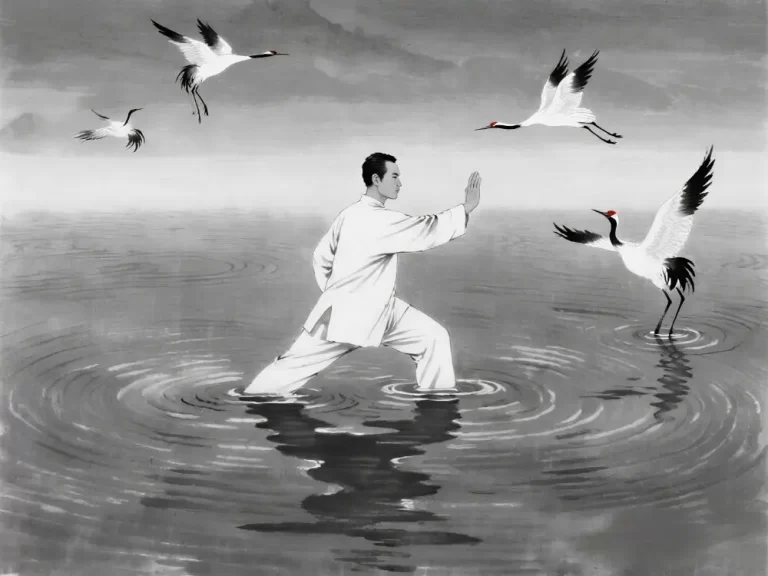
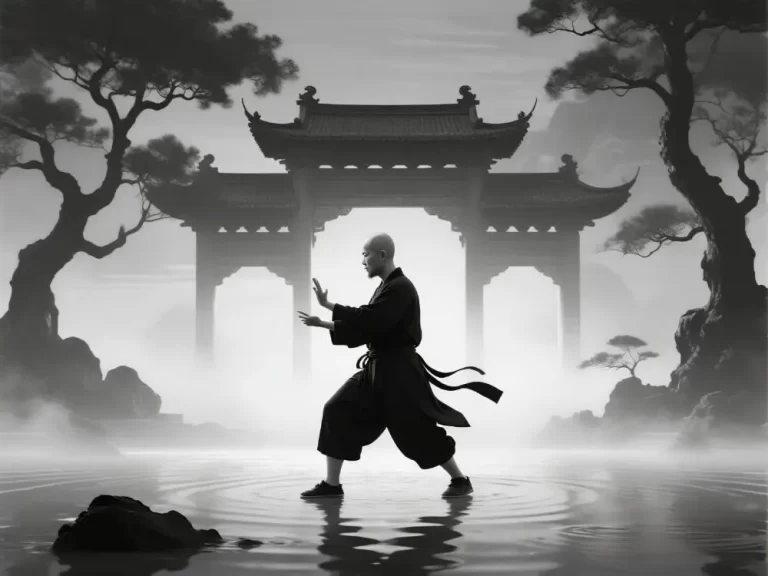
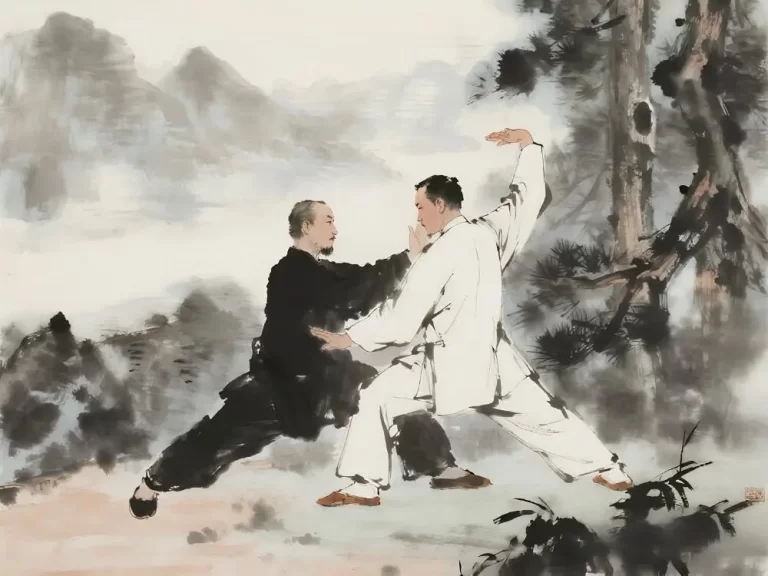
One Comment